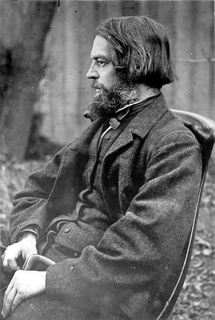This article needs additional citations for verification .(November 2012) (Learn how and when to remove this template message) |
| |||
|---|---|---|---|
The year 1842 in architecture involved some significant events.
This article needs additional citations for verification .(November 2012) (Learn how and when to remove this template message) |
| |||
|---|---|---|---|
The year 1842 in architecture involved some significant events.



Gothic Revival is an architectural movement popular in the Western world that began in the late 1740s in England. Its momentum grew in the early 19th century, when increasingly serious and learned admirers of neo-Gothic styles sought to revive medieval Gothic architecture, in contrast to the neoclassical styles prevalent at the time. Gothic Revival draws features from the original Gothic style, including decorative patterns, finials, lancet windows, hood moulds and label stops.
This is a timeline of architecture, indexing the individual year in architecture pages. Notable events in architecture and related disciplines including structural engineering, landscape architecture, and city planning. One significant architectural achievement is listed for each year.
The year 1935 in architecture involved some significant architectural events and new buildings.
The year 1867 in architecture involved some significant architectural events and new buildings.
The year 1863 in architecture involved some significant architectural events and new buildings.
The year 1887 in architecture involved some significant architectural events and new buildings.
The year 1931 in architecture involved some significant events.
The year 1855 in architecture involved some significant architectural events and new buildings.
The year 1909 in architecture involved some significant events.
The year 1858 in architecture involved some significant events.
The year 1864 in architecture involved some significant architectural events and new buildings.
The year 1774 in architecture involved some significant events.
The year 1872 in architecture involved some significant architectural events and new buildings.
The year 1882 in architecture involved some significant architectural events and new buildings.
The year 1829 in architecture involved some significant events.

Benjamin Woolfield Mountfort was an English emigrant to New Zealand, where he became one of that country's most prominent 19th-century architects. He was instrumental in shaping the city of Christchurch's unique architectural identity and culture, and was appointed the first official Provincial Architect of the developing province of Canterbury. Heavily influenced by the Anglo-Catholic philosophy behind early Victorian architecture, he is credited with importing the Gothic revival style to New Zealand. His Gothic designs constructed in both wood and stone in the province are considered unique to New Zealand. Today, he is considered the founding architect of the province of Canterbury.